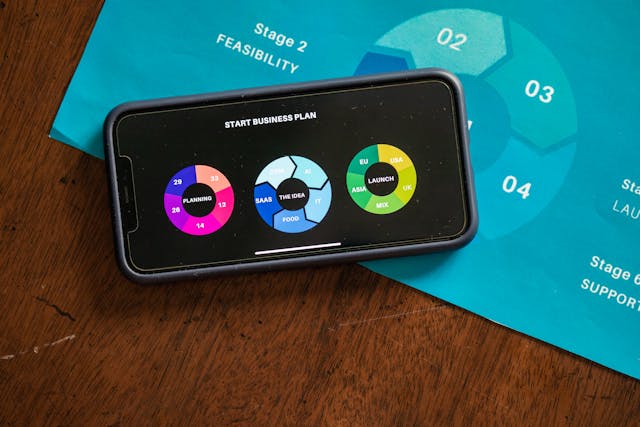SaaS businesses inherently pursue scale, and once domestic success is achieved, the natural progression is often towards international expansion, unlocking new users, regions, and revenue streams. However, while global growth offers immense opportunity, it simultaneously introduces a myriad of complexities that many teams critically underestimate, turning potential triumphs into costly detours.
True global expansion transcends simple technical adjustments; it demands a holistic transformation in how a product, its underlying infrastructure, and the operational team function. Companies frequently rush into new markets without adequate preparation, leading to significant missteps, such as launching in Europe without a comprehensive GDPR strategy or attempting entry into Japan with poorly translated user interfaces, jeopardizing user trust and legal standing.
Before embarking on any market-specific development, a thorough assessment is paramount, encompassing infrastructure readiness, potential compliance risks, the depth of required localization, and a critical re-evaluation of product-market fit. International market entry, despite its exciting prospects, is a sophisticated endeavor, far from a mere plug-and-play operation that can be executed without meticulous strategic planning.
While powerful tools like Phrase, Lokalise, and Crowdin significantly streamline localization workflows, the nuanced understanding provided by human context remains indispensable, especially for critical elements such as customer support channels, legal notices, and persuasive marketing content. Literal translations often fail to resonate with local audiences and, in extreme cases, can even alienate users or precipitate unforeseen legal complications, underscoring the need for expert linguistic and cultural adaptation.
Effective adaptation hinges on robust local market research, direct engagement through native customer interviews, and carefully structured regional beta programs. These proactive measures provide invaluable insights, enabling teams to finely tune product positioning and prioritize features that genuinely matter to users within each specific geographic market, optimizing for truly impactful product adoption and SaaS global growth.
Crucially, recognizing when to engage external expertise can dramatically mitigate risks and accelerate time to value for international market entry. A specialized legal advisor is essential for ensuring robust compliance challenges, while a dedicated localization lead expertly guides the intricate translation process. Furthermore, a seasoned SaaS consultant can offer a comprehensive, full-stack perspective, meticulously aligning product development with operational processes and market priorities, simplifying the cross-border expansion journey.
Taking a SaaS product international represents a bold and potentially highly rewarding strategic move, yet it is undeniably fraught with challenges ranging from complex legal frameworks and potential cultural missteps to technical limitations and diverse customer expectations. Successful global expansion, therefore, necessitates thoughtful, deliberate execution, grounded in foresight and adaptability.
By meticulously planning ahead, making strategic investments in localization strategy and regulatory compliance, and consistently remaining attuned to the unique nuances of each target market, a SaaS team can not only build a product that seamlessly functions worldwide but one that genuinely achieves widespread victory across diverse global landscapes, solidifying its product-market fit.






Leave a Reply